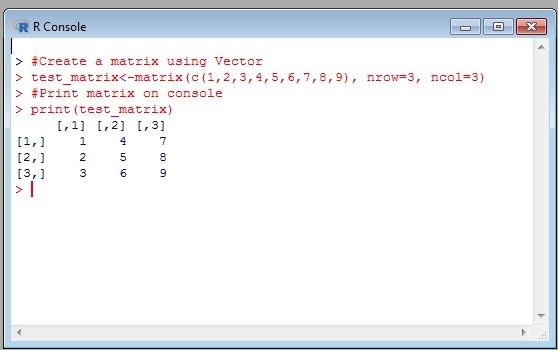List of Basic HTML Tags
Here a list of HTML tags with their significant use is given. Read this and try in our online HTML editor. Learning Basic HTML helps in the development of Web Applications.
| Tag Name | Tag Code | Purpose | |
|---|---|---|---|
| Start Tag | Close Tag | ||
| HTML | <html> | </html> | Starting & ending tag of page, |
| HEAD | <head> | </head> | Formatting information, and content is not visible |
| BODY | <body> | </body> | Contains the visible information |
| HEADING | <h1>,<h2>,<h3>,<h4>,<h5>,<h6> | </h1>,</h2>,</h3>,</h4>,</h5>,</h6> | Largest to smallest heading |
| Bold Text | <b>,<strong> | </b>,</strong> | For bold text |
| Paragraph | <p> | </p> | For writing text in paragraphs |
| Line Break | <br> | Not needed | Insert a line break |
| LIST | <ol> | </ol> | For Ordered List |
| LIST | <ul> | </ul> | For Unordered List |
| List Item | <li> | </li> | For component of list |
| IMAGE | <img src="source"> | Not needed, </img> | For inserting image in webpage |
| LINK | <a href="url of page"> | </a> | For Hyperlink |
| CENTER | <center> | <center> | For center alignment |
| TT | <tt> | </tt> | Typewriter like text |
| BLOCKQUOTE | <blockquote> | </blockquote> | Intends from both side |
| HR | <hr> | </hr> | Horizontal Rule |
| TABLE | <table> | </table> | Specifies the beginning and end of a table |
| TABLE ROW | <tr> | </tr> | Specifies the beginning and end of a table row |
| TABLE DATA | <td> | </td> | Specifies the beginning and end of a table cell |
| TABLE HEAD | <th> | </th> | A normal cell with text that is bold and centered |
| TABLE BORDER | <table border="1"> | </table> | Specifies the border for table |
| ITALIC | <i> | </i> | For italic text |
| LESS THAN | < | Not needed | For < sign |
| GREATER THAN | > | Not needed | For > sign |
| SUBSCRIPT | <sub> | </sub> | For subscript |
| SUPERSCRIPT | <sup> | </sup> | For superscript |
| JAVASCRIPT | <script type="javascript"> | </script> | For using javascript |
Cheers :) Happy Learning












